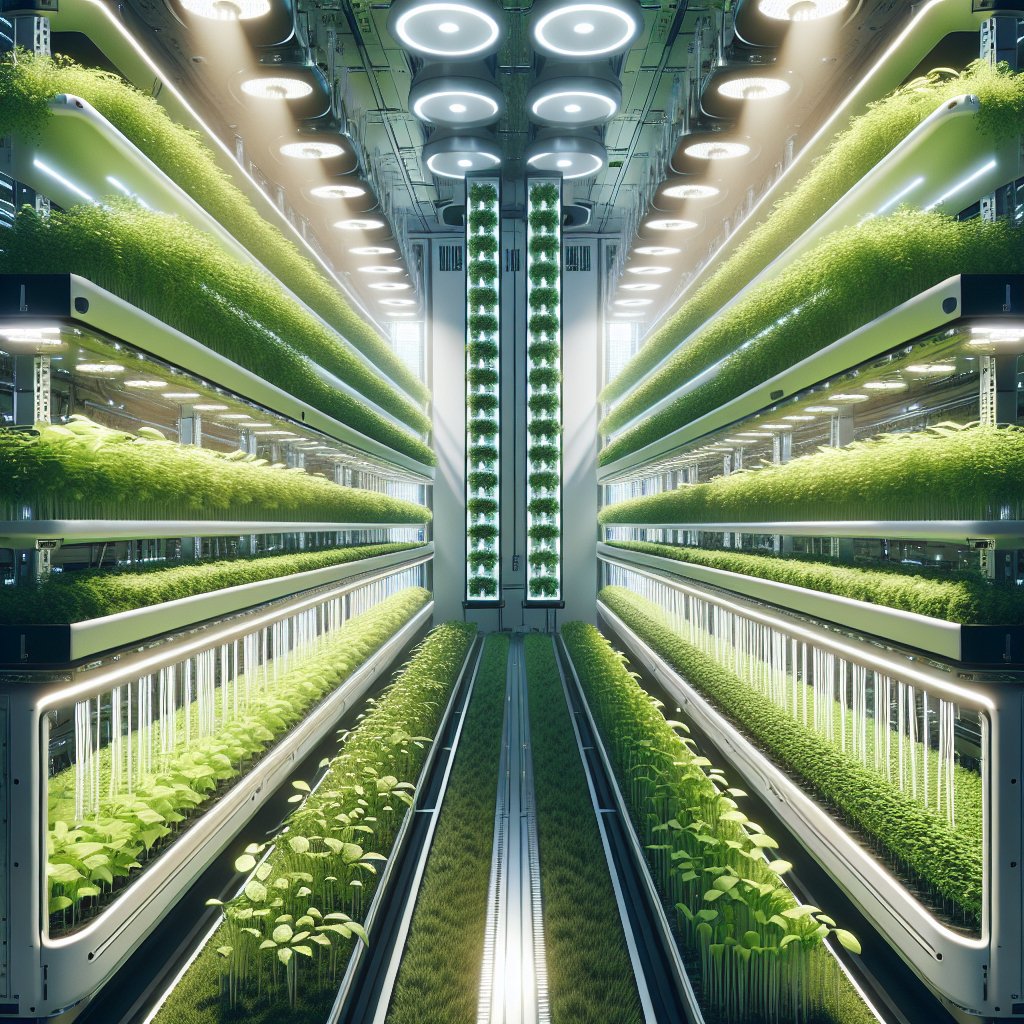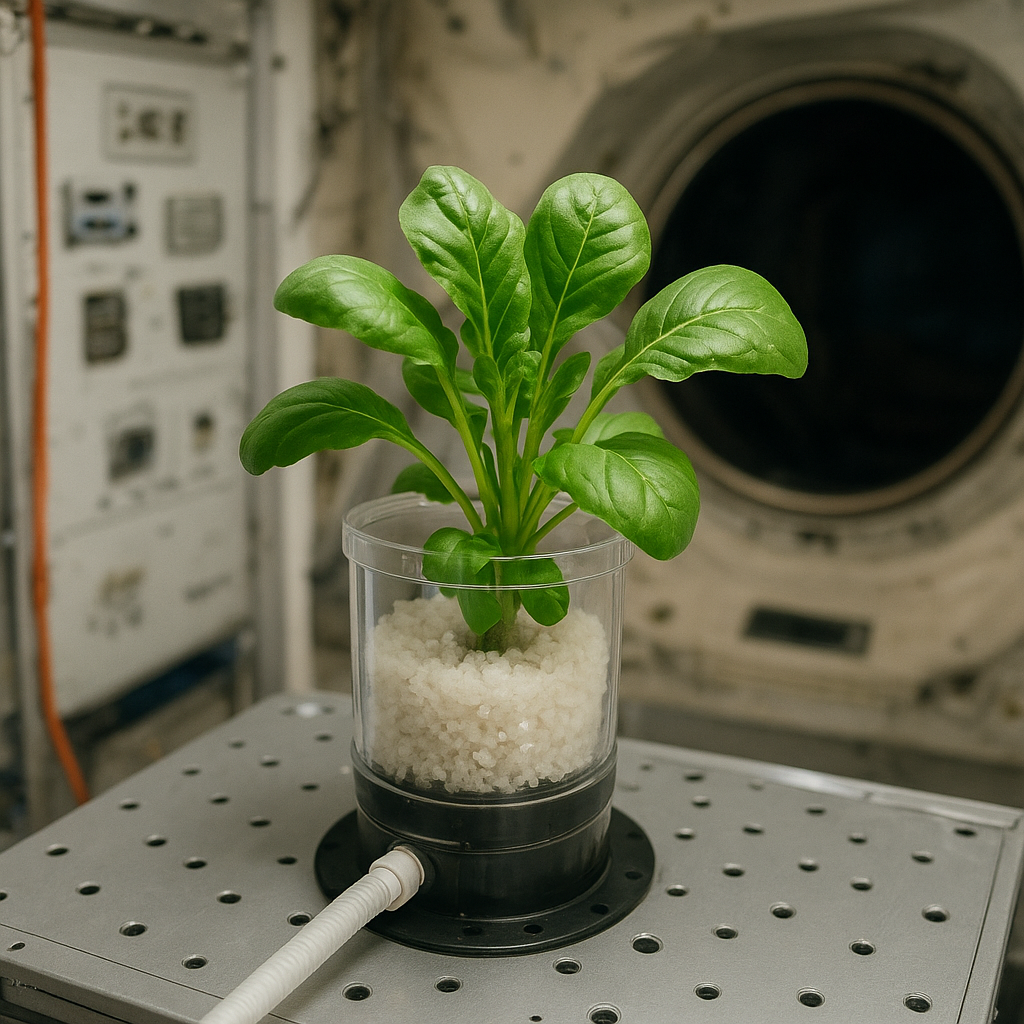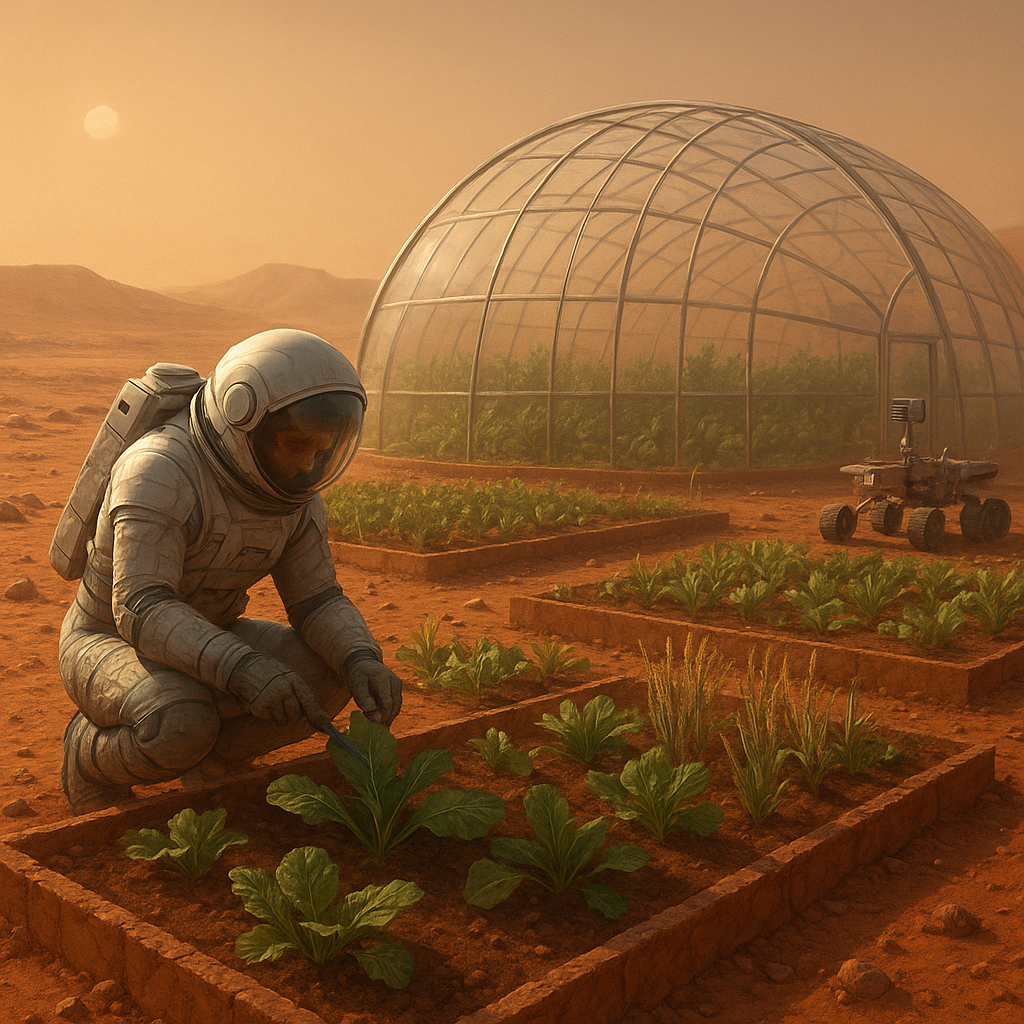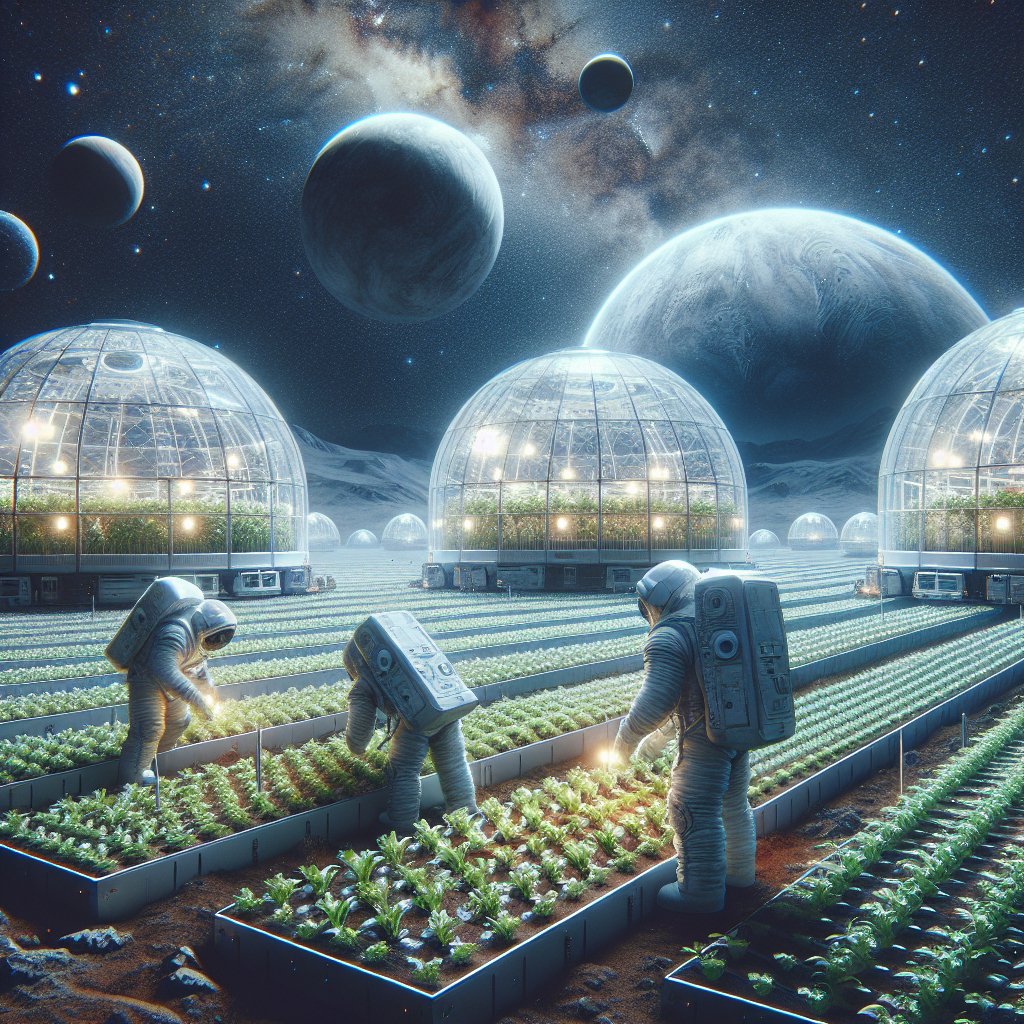The potential of vertical farming in space habitats is an exciting frontier that combines agricultural innovation with the challenges of extraterrestrial living. As humanity looks toward establishing a permanent presence on other planets, the need for sustainable food production systems becomes increasingly critical. Vertical farming, which utilizes stacked layers of crops grown in controlled environments, offers a promising solution to the unique challenges posed by space habitats. This article explores the principles of vertical farming, its applications in space, and the implications for future interplanetary colonization.
Understanding Vertical Farming
Vertical farming is an innovative agricultural practice that maximizes space efficiency by growing crops in vertically stacked layers. This method can be implemented in various environments, from urban settings to controlled environments like space habitats. The core principles of vertical farming include:
- Space Optimization: By utilizing vertical space, vertical farms can produce a higher yield per square foot compared to traditional farming methods.
- Controlled Environment Agriculture (CEA): Vertical farms often employ hydroponics, aeroponics, or aquaponics, allowing for precise control over growing conditions such as light, temperature, and humidity.
- Resource Efficiency: These systems can significantly reduce water usage and eliminate the need for pesticides, making them more sustainable than conventional agriculture.
- Year-Round Production: With controlled environments, crops can be grown year-round, independent of seasonal changes.
In the context of space habitats, these principles become even more critical. The challenges of growing food in space include limited space, the need for efficient resource use, and the necessity of creating a self-sustaining ecosystem. Vertical farming addresses these challenges by providing a scalable and efficient method for food production.
The Role of Vertical Farming in Space Habitats
As space agencies like NASA and private companies like SpaceX work toward establishing human settlements on the Moon and Mars, the integration of vertical farming into these habitats is essential. The following sections outline the specific benefits and applications of vertical farming in space environments.
1. Food Security and Sustainability
One of the primary concerns for long-term space missions is food security. Traditional methods of food production are not feasible in space due to the lack of arable land and the challenges of transporting food from Earth. Vertical farming can provide a reliable source of fresh produce, reducing the dependency on resupply missions from Earth. This self-sufficiency is crucial for the sustainability of space habitats.
2. Resource Management
In space, resources are limited, and efficient management is vital. Vertical farming systems can be designed to recycle water and nutrients, minimizing waste. Hydroponic systems, for example, use up to 90% less water than traditional farming methods. This efficiency is particularly important in space, where every drop of water must be carefully managed. Additionally, the use of LED lighting in vertical farms can be optimized to reduce energy consumption, making the entire system more sustainable.
3. Psychological Well-being
Living in confined spaces for extended periods can have psychological effects on astronauts. Incorporating green spaces and the act of growing food can enhance mental well-being. Vertical farms can serve as therapeutic environments, providing astronauts with a connection to nature and a sense of purpose. The act of nurturing plants can alleviate stress and improve overall morale during long missions.
4. Research and Development
Vertical farming in space also presents unique opportunities for research and development. Scientists can study how different crops respond to microgravity and varying environmental conditions. This research can lead to the development of new agricultural techniques and crop varieties that are better suited for space environments. Understanding plant growth in space can also have implications for improving agricultural practices on Earth, particularly in areas facing challenges such as climate change and urbanization.
Challenges and Considerations
While the potential of vertical farming in space habitats is significant, several challenges must be addressed to make it a reality. These challenges include:
1. Technical Limitations
Developing vertical farming systems that can operate effectively in space requires advanced technology. Systems must be designed to withstand the harsh conditions of space, including radiation and microgravity. Additionally, the technology must be reliable and require minimal maintenance, as astronauts may have limited time and resources to devote to farming activities.
2. Crop Selection
Not all crops are suitable for vertical farming in space. Selecting the right crops that can thrive in controlled environments and provide essential nutrients is crucial. Leafy greens, herbs, and certain fruits have shown promise, but further research is needed to identify a broader range of crops that can be cultivated effectively.
3. Economic Viability
The initial investment in vertical farming technology for space habitats can be substantial. Developing cost-effective systems that can be scaled for larger populations is essential for the long-term viability of these projects. Collaboration between government agencies, private companies, and research institutions will be necessary to drive innovation and reduce costs.
4. Integration with Life Support Systems
Vertical farming systems must be integrated with life support systems in space habitats. This integration includes managing air quality, water recycling, and nutrient delivery. Ensuring that these systems work harmoniously is vital for the overall success of space missions.
Future Prospects
The future of vertical farming in space habitats is promising, with ongoing research and development paving the way for innovative solutions. As technology advances, the feasibility of establishing self-sustaining agricultural systems in space will increase. The potential for vertical farming extends beyond food production; it can also contribute to the development of closed-loop ecosystems that support human life in space.
As humanity prepares for the next steps in space exploration, the integration of vertical farming into space habitats will play a crucial role in ensuring food security, sustainability, and the overall well-being of astronauts. The lessons learned from these endeavors will not only benefit space missions but also provide valuable insights for addressing agricultural challenges on Earth.
Conclusion
The potential of vertical farming in space habitats represents a convergence of agricultural innovation and the quest for sustainable living beyond our planet. By addressing the unique challenges of food production in space, vertical farming can contribute to the success of long-term missions and the establishment of human settlements on other celestial bodies. As research continues and technology evolves, the dream of growing food in space may soon become a reality, paving the way for a new era of exploration and discovery.




